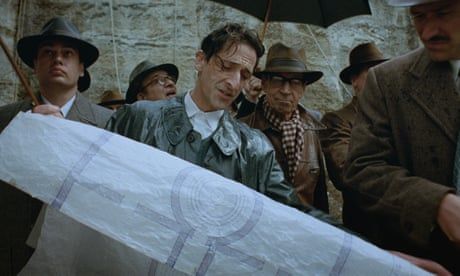
Oscar-tipped film The Brutalist is the latest stage in the cultural rehabilitation of what was once architecture’s most reviled style but is now winning a new generation of admirers
This week an Oscar-tipped film, The Brutalist, opens in Britain. It’s a three-and-a-half-hour-plus saga in which Adrien Brody plays the brilliant but tormented fictional Hungarian architect László Tóth, a Holocaust survivor struggling to make a life in the postwar US. He’s a singular, solitary, single-minded genius, always working alone, in the mould of Gary Cooper in the 1949 film of Ayn Rand’s book The Fountainhead and Adam Driver in last year’s Megalopolis. Tóth is, like them, forever fighting the misunderstanding and spite of mean-spirited adversaries. He would rather shovel coal (as Cooper’s Howard Roark drilled stone in a quarry) than compromise his principles.
The film’s title is a dramatic stage on the redemption arc of what was architecture’s most reviled style. Its makers evidently felt that the word would attract and intrigue audiences (while also carrying some ambiguity – there being a question in the film as to who is brutalising whom) and would be a fitting epithet for a man who, while complex and flawed, is a hero. To get an idea of how improbable this might once have seemed, imagine a film called The Former Post Office Chief Executive and Ordained Priest. There was a time, in the 1980s, when a writer in a national newspaper demanded that practitioners of brutalism be “taken out and shot”.
Continue reading...